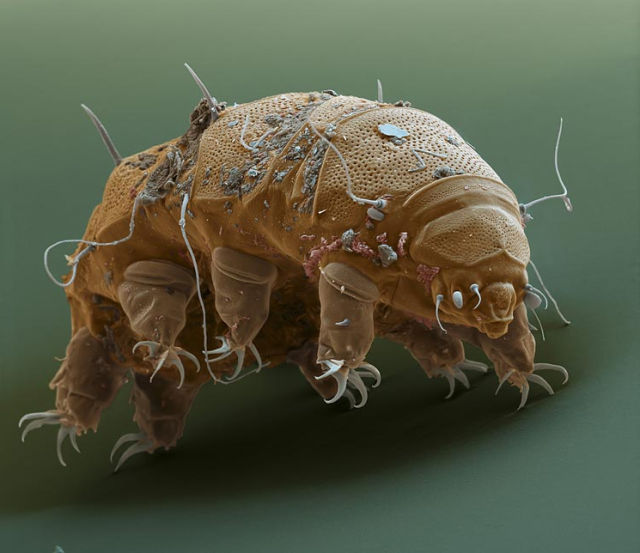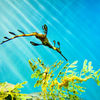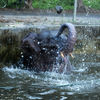4.
gigantes 15 year s ago
WP,
Tardigrades (commonly known as water bears or moss piglets) ...are polyextremophiles and are able to survive in extreme environments that would kill almost any other animal. Some can survive temperatures of -273C (-460F), close to absolute zero, temperatures as high as 151C (303F), 1,000 times more radiation than other animals, and almost a decade without water.
In September 2007, tardigrades were taken into low Earth orbit on the FOTON-M3 mission and for 10 days were exposed to the vacuum of space. After they were returned to Earth, it was discovered that many of them survived and laid eggs that hatched normally, making these the only animals known to be able to survive the vacuum of space.
In September 2007, tardigrades were taken into low Earth orbit on the FOTON-M3 mission and for 10 days were exposed to the vacuum of space. After they were returned to Earth, it was discovered that many of them survived and laid eggs that hatched normally, making these the only animals known to be able to survive the vacuum of space.






Don't look for aliens on mars, when peoples even dont know deep oceans yet.
In September 2007, tardigrades were taken into low Earth orbit on the FOTON-M3 mission and for 10 days were exposed to the vacuum of space. After they were returned to Earth, it was discovered that many of them survived and laid eggs that hatched normally, making these the only animals known to be able to survive the vacuum of space.
me encanta la sombra en esos objetos.
la sombras